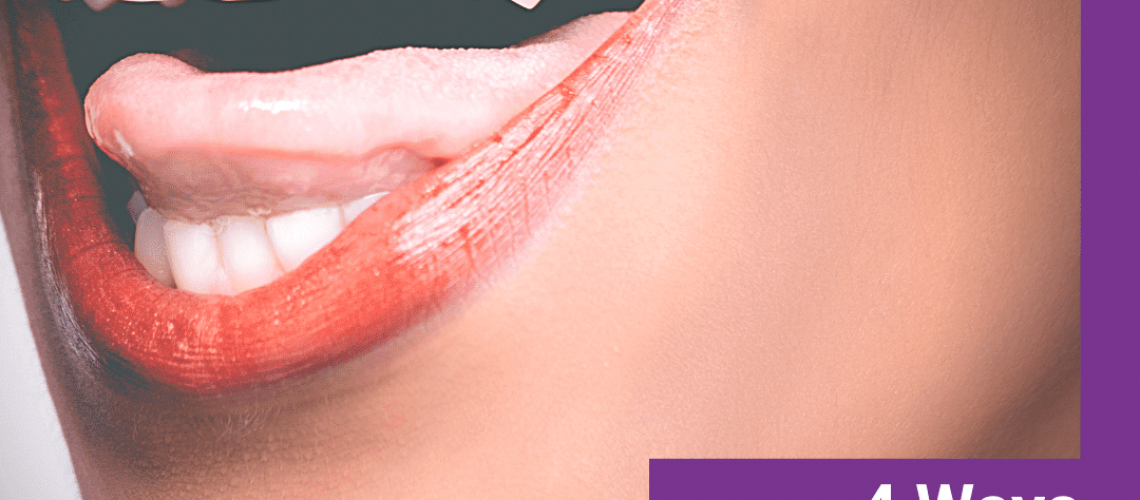Did you know that the CDC estimates as many as 47.2% of American adults over the age of 30 are affected by some form of gum disease? There are two different forms of gum disease: gingivitis and periodontitis. The mild form, gingivitis, is not always noticed since its symptoms are generally mild and can easily be missed. Unfortunately, this can mean that gingivitis may progress into periodontitis, which is a more severe form of gum disease.
Periodontitis is characterized by red, inflamed gums that are tender to the touch and bleed easily. As it continues to progress, periodontitis can cause the gums to pull away from the teeth and can even cause the jawbone to deteriorate. The combination of these two things can lead to both loose and missing teeth. In this way, gum disease not only affects the gums, but the teeth as well.
Luckily, gum disease is preventable by keeping your gums healthy. To keep your gums healthy, here are a few things you can do:
Brush Twice a Day
Brushing your teeth twice a day for two minutes at a time is not only important to protect yourself from tooth decay, but it also helps to reduce the risk of developing gum disease. When you brush your teeth, you remove excess plaque from the surface of your teeth. Plaque contains thousands of the bacteria responsible for tooth decay and gum disease, so removing it helps to regulate the amount of bacteria in your mouth. Brushing with a fluoridated toothpaste will also prevent future plaque accumualtion and will strengthen your enamel. However, be sure to switch out your toothbrush every 3-4 months when the bristles wear down.
Floss Once a Day

Flossing also removes excess plaque and bacteria from your mouth, however flossing focuses on the areas missed by your toothbrush. Specifically, these areas include in between your teeth and along the gum line. Both these locations are prime sources of plaque accumulation that can eventually lead to gum disease. As long as you floss once a day, you can decrease your risk for developing gum disease, however flossing before you brush in preparation for bedtime is the best time of day to floss.
Schedule Dental Cleanings
Even with the best brushing and flossing habits, you will still need to schedule a teeth cleaning with your dentist every six months. Although you may think this is only important for your teeth, it is also important for your gum health as well. This is because professional teeth cleanings remove plaque and tartar (hardened plaque) from places you have missed. Unfortunately, along the gum line is a common place for tartar to form, which can result in gum pockets filled with bacteria. Since tartar can only be removed during a dental cleaning, these regular cleanings are important for your gum health.
Use Mouthrinse

While you should never use mouthrinse to replace normal brushing and flossing, it can be a good supplemental practice. Using over the counter mouthrinses decrease the amount of plaque and tartar formation, which directly reduces the risk of gum disease. It can be especially beneficial to use mouthrinse after meals.

Maureen Karl, DDS, FAGD graduated in 2004, obtaining her DDS degree from the University of Buffalo School of Dental Medicine. She completed a general dentistry Residency at the Castle Point VA. This residency provided her with continued training in general dentistry including extractions, crowns, root canals, and the treatment of periodontal disease. Dr. Karl is a member of the Fort Worth District Dental Society, Academy of General Dentistry, and the American Dental Association. She is committed to furthering her education to better serve her patients.

